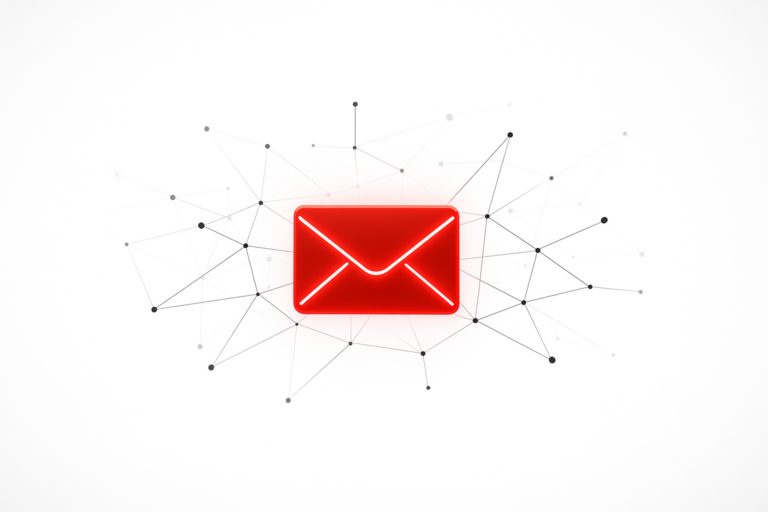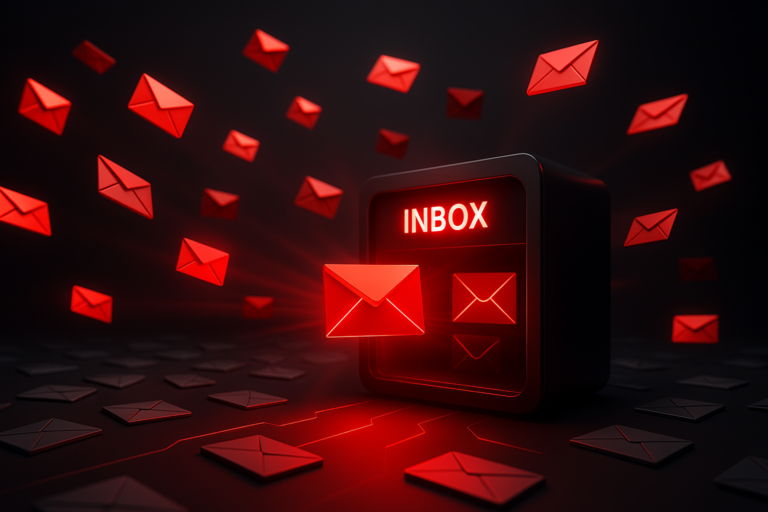
- Blog, Email marketing
- By Grahame Simpson
From Cold to Gold: Unfreezing Prospects with Email Outreach That Shines
Introduction
Cold email outreach has been around for decades — but when done right, it’s still one of the fastest, most predictable ways to win new business.
For SMEs, consultants, and local trades, outreach can mean the difference between waiting for the phone to ring and creating steady, repeatable conversations. But here’s the truth: sending cold emails isn’t just about having a list of addresses. It’s about strategy, relevance, and a human touch.
This article breaks down how to go from “cold” to “gold” — building outreach that gets opened, earns replies, and turns prospects into real opportunities.
Contents
In this article, we’ll cover:
- Know Your Prospects First
- Subject Lines That Get Opens
- Personalisation That Feels Real
- Crafting a Clear Value Proposition
- Follow-Ups That Don’t Feel Pushy
- Measuring and Improving Results
- From Cold to Gold: Continuous Learning
- Conclusion
Know Your Prospects First
Before you ever hit send, ask: who am I talking to?
The foundation of any successful campaign is knowing your audience. That means identifying:
- Their pain points (what problems they face daily).
- Their priorities (saving time, cutting costs, getting more clients).
- How your solution directly helps them.
Example:
- A consultant who struggles to keep a steady pipeline.
- A trades business that wants more local jobs in quieter months.
Tailoring your outreach around those realities shows respect for their time — and makes your message worth opening.

Subject Lines That Get Opens
Your subject line is the first impression — and often the only chance you get.
Good subject lines are:
- Short (4–7 words).
- Relevant to the reader’s world.
- Clear over clever (don’t overcomplicate).
Examples:
- “Quick idea for saving admin time”
- “Question about your local projects”
- “Noticed this on your website…”
Think of it this way: the goal isn’t to sell in the subject line. It’s to earn the click into your email.

Personalisation That Feels Real
Nobody wants to feel like just another entry on a spreadsheet. A touch of personalisation shows that your email was written for them.
But personalisation is more than just {FirstName}. It could be:
- Mentioning a recent company announcement.
- Referring to their industry challenges.
- Linking your message to their role or responsibility.
Example:
“Hi Sarah, I saw your company just expanded into Manchester — congratulations. That made me think you might be looking at ways to scale outreach quickly without adding extra sales staff.”
That single detail makes it clear your message isn’t a bulk send — it’s relevant, thoughtful, and worth reading.
Crafting a Clear Value Proposition
Once they’ve opened, the big question is: why should they care?
Your email should quickly explain the value you bring:
- What you solve.
- How it benefits them.
- Why it’s worth a reply.
Keep it simple, benefit-led, and focused on them.
Instead of:
“We are a leading provider of…”
Try:
“We help consultants keep their pipeline full — so you can focus on clients, not cold calling.”

Follow-Ups That Don’t Feel Pushy
Most replies don’t come from the first email. That’s why follow-ups matter — but they need to be respectful.
Tips for follow-ups:
- Wait 3–5 business days between messages.
- Keep them short and polite.
- Re-state the value in a fresh way.
Example:
“Just checking in to see if building more local leads is on your radar right now. If not, no problem — I’ll step back.”
This approach keeps the door open without pressure.
Measuring and Improving Results
You can’t improve what you don’t measure. Track key metrics like:
- Open rate → Are subject lines working?
- Reply rate → Is your message relevant?
- Conversion rate → Are you turning replies into meetings?
Even small tweaks (a different subject line, clearer value, better list quality) can significantly shift results.

From Cold to Gold: Continuous Learning
Every outreach campaign is a test. Some subject lines flop. Some messages land perfectly.
The key is to:
- Test → Try variations in subject, message, and timing.
- Learn → Measure what works.
- Apply → Use insights in the next campaign.
Over time, the cycle of testing and refining builds a reliable system — one that turns cold lists into warm conversations and consistent opportunities.
Conclusion
Cold email outreach is more than sending bulk messages. It’s about knowing your prospects, personalising your approach, and delivering clear value.
Done right, each email is more than an attempt — it’s a chance to start a real conversation. And with consistent testing, measuring, and improving, your outreach becomes less about “cold leads” and more about predictable growth opportunities.
From cold to gold isn’t a gimmick. It’s the result of strategy, empathy, and persistence.
Related Posts

AI for Small Business: Smarter Tools for Time, Money, and Growth


